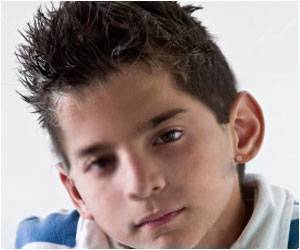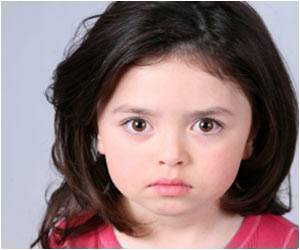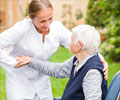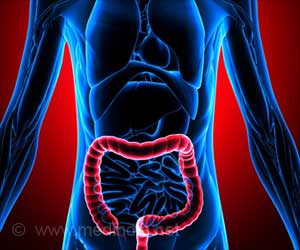Fathers were four times likelier than mothers to transmit tiny, spontaneous mutations to their offspring with the autism spectrum disorders, a new clue provided by researchers.

The discovery may help to explain earlier evidence linking autism risk to older fathers.
The results are among several from a trio of new studies, supported in part by the National Institutes of Health, finding that such sequence changes in parts of genes that code for proteins play a significant role in ASDs.
One of the studies determined that having such glitches boosts a child's risk of developing autism five to 20 fold.
Taken together, the three studies represent the largest effort of its kind, drawing upon samples from 549 families to maximize statistical power. They reveal sporadic mutations widely distributed across the genome, sometimes conferring risk and sometimes not.
While the changes identified don't account for most cases of illness, they are providing clues to the biology of what are likely multiple syndromes along the autism spectrum.
Advertisement
All three teams sequenced the protein coding parts of genes in parents and an affected child - mostly in families with only one member touched by autism.
Advertisement
This strategy optimized the odds for detecting the few spontaneous errors in genetic transmission that confer autism risk from the "background noise" generated by the many more benign mutations.
Like larger deletions and duplications of genetic material previously implicated in autism and schizophrenia, the tiny point mutations identified in the current studies are typically not inherited in the conventional sense - they are not part of parents' DNA, but become part of the child's DNA.
Most people have many such glitches and suffer no ill effects from them. But evidence is building that such mutations can increase risk for autism if they occur in pathways that disrupt brain development.
State's team found that 14 percent of people with autism studied had suspect mutations - five times the normal rate. Eichler and colleagues traced 39 percent of such mutations likely to confer risk to a biological pathway known to be important for communications in the brain.
Although Daly and colleagues found evidence for only a modest role of the chance mutations in autism, those pinpointed were biologically related to each other and to genes previously implicated in autism.
The Eichler team turned up clues to how environmental factors might influence genetics.
The high turnover in a male's sperm cells across the lifespan increases the chance for errors to occur in the genetic translation process.
These can be passed-on to the offspring's DNA, even though they are not present in the father's DNA. This risk may worsen with aging. The researchers discovered a four-fold marked paternal bias in the origins of 51 spontaneous mutations in coding areas of genes that was positively correlated with increasing age of the father.
So such spontaneous mutations could account for findings of an earlier study that found fathers of boys with autism were six times - and of girls 17 times - more likely to be in their 40's than their 20's.
"We now have a path forward to capture a great part of the genetic variability in autism - even to the point of being able to predict how many mutations in coding regions of a gene would be needed to account for illness," said Thomas Lehner, Ph.D., chief of the NIMH Genomics Research Branch, which funded the Daly study and helped to create the Autism Sequencing Consortium.
"These studies begin to tell a more comprehensive story about the molecular underpinnings of autism that integrates previously disparate pieces of evidence," Lehner added.
The study has been published in the journal Nature.
Source-ANI










